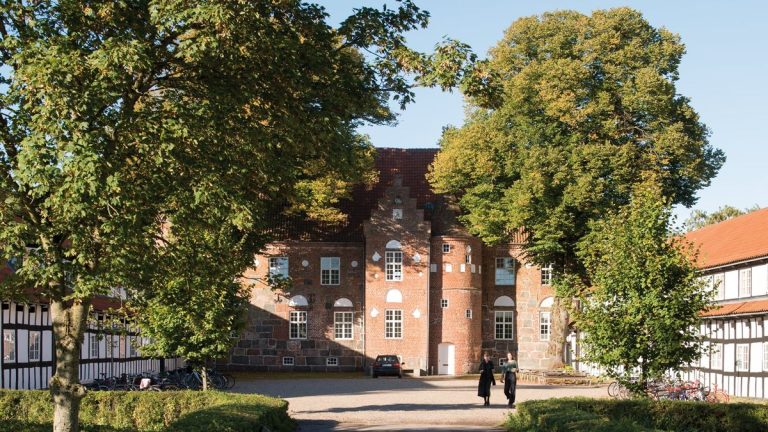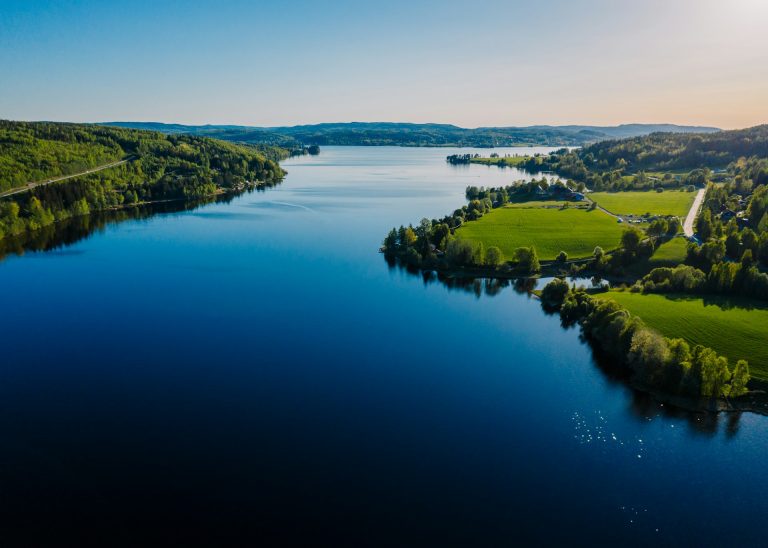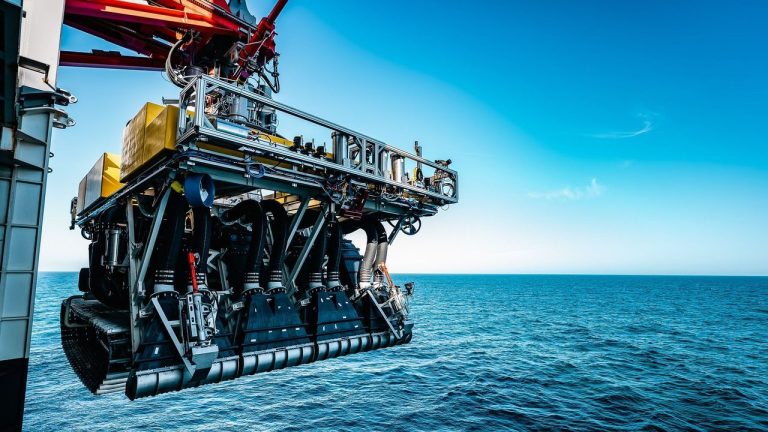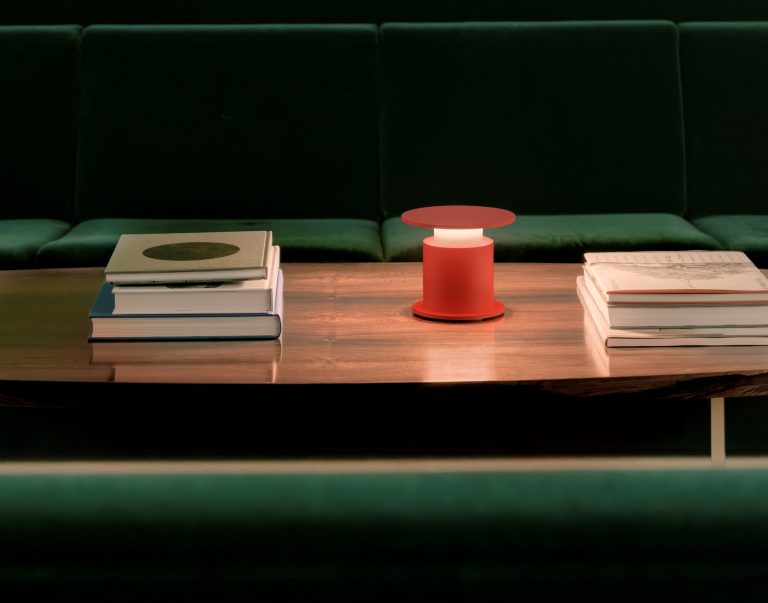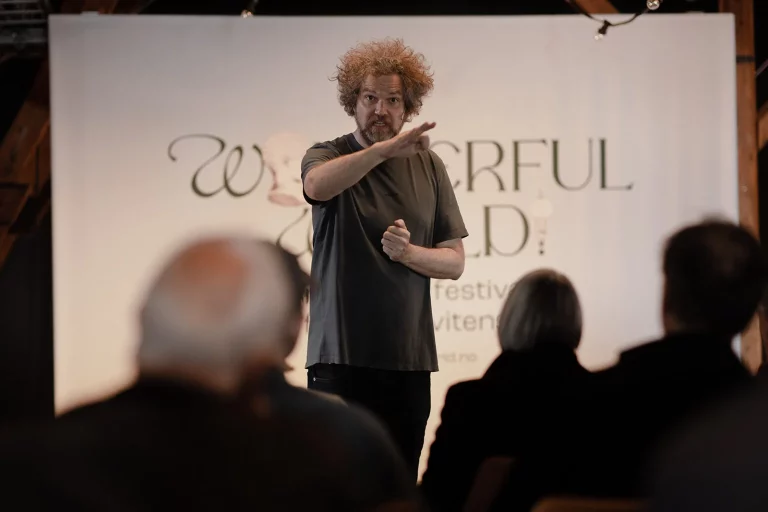Starting a new life in Denmark is an exciting adventure but comes with challenges, especially when understanding local customs and behaviors. Learn more about Cultural Etiquette in Denmark: What New Migrants Need to Know
Knowing Denmark’s cultural etiquette is essential for a smooth transition for those moving to Scandinavia. Denmark, known for its high quality of life and strong sense of community, has specific social norms and traditions that might be unfamiliar to newcomers. This guide provides a comprehensive look at the essential aspects of cultural etiquette in Denmark, helping new migrants integrate seamlessly into Danish society.
Greetings and Social Interactions
In Denmark, greetings are typically straightforward and polite. A firm handshake combined with direct eye contact is the standard way to greet someone formally or informally. Unlike in the US, where hugging or kissing on the cheek may be common, Danish people usually reserve such gestures for close friends and family. When meeting someone for the first time, it is customary to use their last name and title, but once you establish a more informal relationship, you can use first names.

Punctuality is highly valued in Denmark. Being on time for appointments, whether social or professional, is a sign of respect. If you are running late, it’s important to inform the person you’re meeting as soon as possible. This cultural aspect highlights the Danish appreciation for other people’s time and the importance of planning.
Danish Workplace Etiquette
The Danish workplace features a flat hierarchy and a collaborative environment. People value teamwork and consensus, and decision-making processes often involve input from various staff levels. In Danish workplaces, communication tends to be direct and to the point. Employees openly share their opinions, and managers usually straightforwardly give feedback.
Regarding dress code, Danish work attire tends to be smart casual. While some industries may require more formal dress, neat and professional clothing is generally acceptable. Additionally, Denmark places a strong emphasis on work-life balance. It is common for employees to leave work on time to spend evenings with family and friends. Respecting personal time and ensuring a good balance between work and leisure is a core aspect of Danish culture.
Legal and Administrative Etiquette
Navigating Denmark’s legal and administrative systems is essential to settling in. Upon arrival, new migrants must register with the local municipality and obtain a CPR number, which is necessary to access healthcare, open a bank account, and access other services. It’s important to familiarize yourself with Danish laws related to residency, work permits, and discrimination to ensure compliance and protect your rights.
Denmark has strict laws against discrimination, and understanding these regulations can help you navigate the legal landscape. If you encounter any issues, various resources and organizations can provide assistance and support.

For those relocating from bustling cities like New York City, the shift to Denmark’s orderly and regulated environment can be significant. Engaging a team of international movers familiar with the local area in NYC and the specific needs related to Danish regulations can be incredibly beneficial. These professionals help with the physical aspects of moving and offer valuable advice on the necessary administrative steps upon arrival. This support can ease the transition, allowing new residents to focus more on adapting to their new home’s cultural and social norms rather than the stress of moving logistics.
Dining Etiquette
Dining etiquette in Denmark differs from what new migrants may be used to. When invited to a Danish home for a meal, bringing a small gift, such as flowers, chocolates, or wine, is polite. Table manners are important, and waiting for the host to start eating before you begin is customary. Saying “Velbekomme” (enjoy your meal) is a common courtesy before starting a meal.
Danes typically enjoy three main meals daily, with lunch often a simple affair of sandwiches or salads and dinner being the main meal. Traditional Danish foods include smørrebrød (open-faced sandwiches) and frikadeller (meatballs). When dining out, it’s important to note that tipping is not as customary in Denmark as in the US, but rounding up the bill or leaving a small amount as a gesture of appreciation is always welcome.
The concept of ‘hygge’ plays a significant role in social gatherings. Hygge, translated as coziness, involves creating a warm atmosphere and enjoying the good things in life with good people. That might include lighting candles, having a home-cooked meal, or simply enjoying a relaxed conversation with friends and family.
Communication Style
Danish communication style emphasizes directness and honesty. Danes get straight to the point and appreciate clarity and efficiency in conversations. This directness can sometimes come across as bluntness, but it is generally not intended to be rude. Non-verbal communication, such as body language and personal space, plays an important role. Maintaining eye contact shows respect and attentiveness while keeping an appropriate distance, which is considered polite.

Humor in Denmark is often dry and understated, with a preference for irony and subtlety. Understanding this aspect of Danish humor can help in social interactions. Additionally, when communicating via email or phone, it is essential to be concise and to the point. Overly elaborate or flowery language is not typically appreciated.
Cultural Etiquette in Denmark: Gift Giving
Gift-giving is generally reserved for special occasions such as birthdays, holidays, and significant events. When invited to someone’s home, bringing a small gift as a token of appreciation is appropriate. Common gifts include flowers, wine, chocolates, or souvenirs from your home country. It is important to present and receive gifts graciously. When receiving a gift, it is customary to open it immediately and express your thanks.
For birthdays and other celebrations, typical gifts might include books, home decor items, or personal gifts tailored to the recipient’s interests. Being thoughtful and considerate in your gift choice reflects your understanding of Danish etiquette.
Public Behavior and Manners
Public behavior in Denmark reflects a strong sense of respect for others and the community. Various aspects of daily life demonstrate this. For instance, people maintain quiet when using public transportation and avoid loud conversations. In public spaces like parks and streets, Danes generally behave in a reserved manner and appreciate personal space.

Queuing is a common practice in Denmark, and it is essential to wait your turn patiently without pushing or cutting in line. Environmental consciousness is also a significant part of Danish culture. Denmark is known as the cleanest country in the world, and recycling is a standard practice. There are separate bins for different types of waste, and it’s important to follow these guidelines to contribute to the country’s sustainability efforts.
Celebrations and Traditions
Understanding Danish celebrations and traditions can help new migrants feel more connected to their new home. Major holidays in Denmark include Christmas, Easter, and Constitution Day. Each of these holidays is celebrated with unique customs and traditions. For example, Christmas in Denmark involves a series of festive events, including ‘Julefrokost’ (Christmas lunch) and dancing around the Christmas tree.
Birthdays are also significant events, often celebrated with a traditional Danish layer cake called ‘lagkage.’ Participation in local festivals and events, such as the Copenhagen Carnival or the Roskilde Festival, can provide great opportunities to experience Danish culture firsthand.
Language and Learning Danish
While many Danes speak excellent English, learning Danish can greatly enhance your integration into Danish society. Knowing the local language helps in daily interactions and shows respect for the culture. Various resources are available for learning Danish, including language classes, online courses, and language exchange programs.
 Common Danish phrases to know include greetings like “Hej” (hello) and “Farvel” (goodbye), as well as expressions of thanks such as “Tak” (thank you) and “Mange tak” (many thanks). While it may take time to become fluent, speaking Danish can go a long way in building connections and better understanding the local culture.
Common Danish phrases to know include greetings like “Hej” (hello) and “Farvel” (goodbye), as well as expressions of thanks such as “Tak” (thank you) and “Mange tak” (many thanks). While it may take time to become fluent, speaking Danish can go a long way in building connections and better understanding the local culture.
Understanding Danish Values
Danish values are rooted in equality, trust, and community. The concept of ‘Janteloven,’ which emphasizes humility and the collective good over individual success, is central to Danish social behavior. This cultural norm encourages modesty and discourages bragging or self-promotion.

Family and community play a crucial role in Danish life. Social welfare systems are designed to support families, and work-life balance is strongly emphasized. Understanding these values and the broader cultural etiquette in Denmark can help new migrants navigate social expectations and build meaningful relationships.
Cultural Etiquette in Denmark: What New Migrants Need to Know – Final Thoughts
Adapting to a new culture can be challenging, but understanding and respecting the cultural etiquette in Denmark can significantly ease the transition. By familiarizing yourself with Danish social norms, workplace practices, and traditions, you can integrate more smoothly and build meaningful relationships. Embracing these aspects of Danish culture will help you feel more at home and enrich your overall experience in this beautiful country. And while you’re here, don’t miss the chance to travel north and get the best Northern Lights experience, adding another memorable aspect to your life in Scandinavia.

Cultural Etiquette in Denmark: What New Migrants Need to Know, written for Daily Scandinavian by Alex Jensen. Alex Jensen is a cultural consultant and writer specializing in Scandinavian countries. With over a decade of experience, Alex provides valuable insights to help new migrants adapt to their new surroundings effectively.
Feature image (on top) © Oleksandr P/Pexels


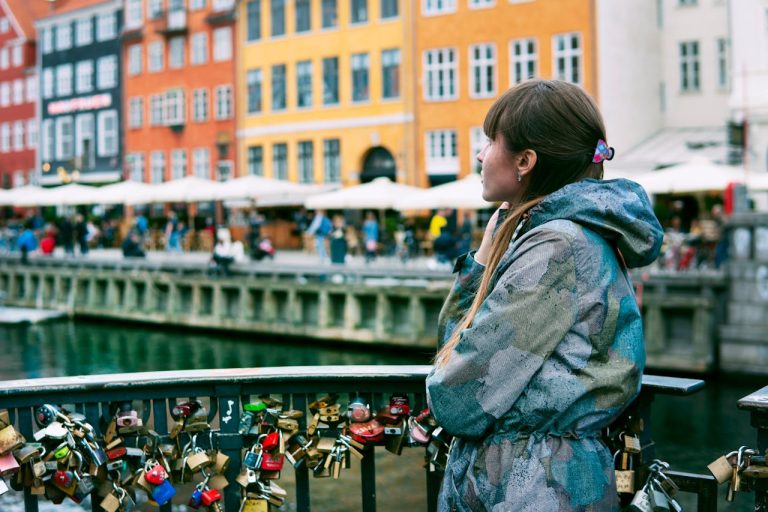
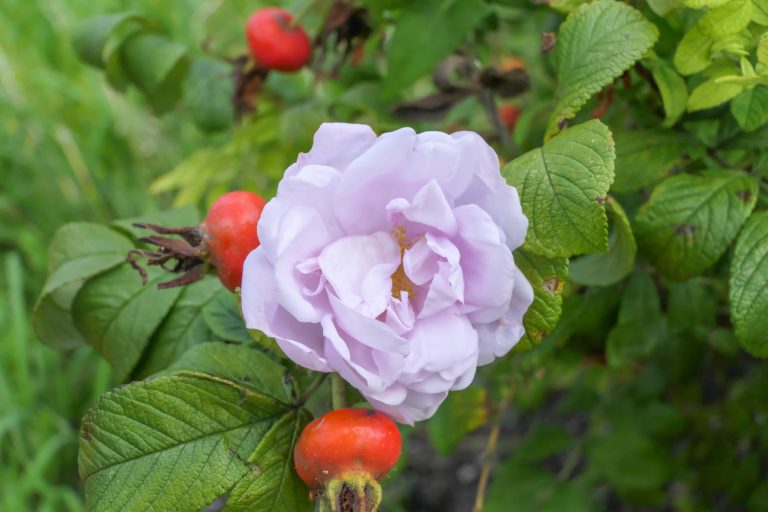







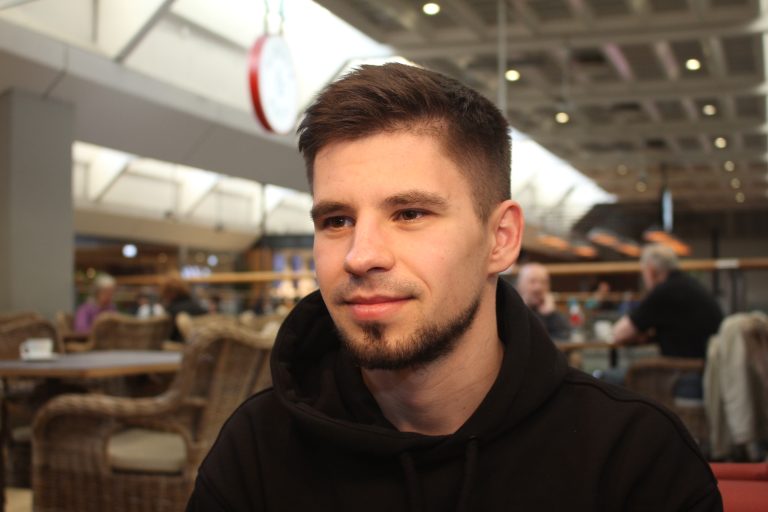

 What do you consider as your biggest problem?
What do you consider as your biggest problem?

